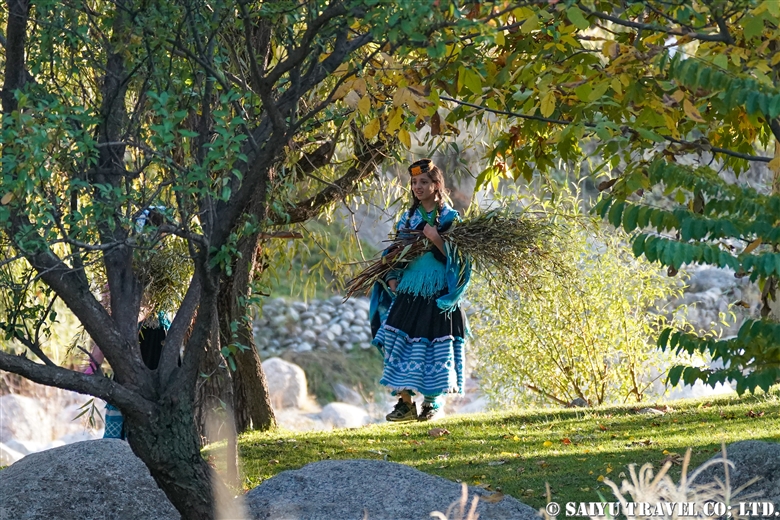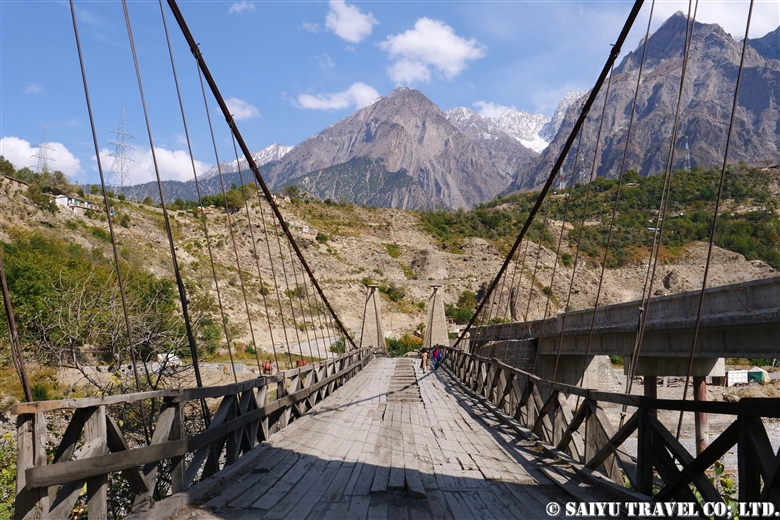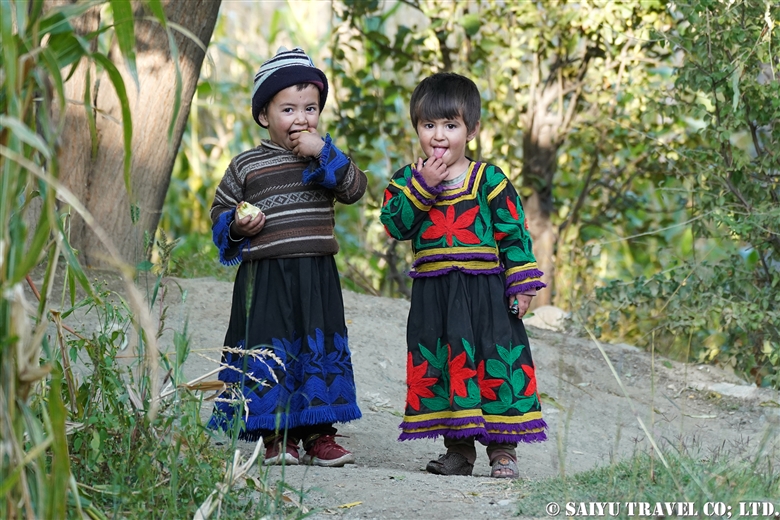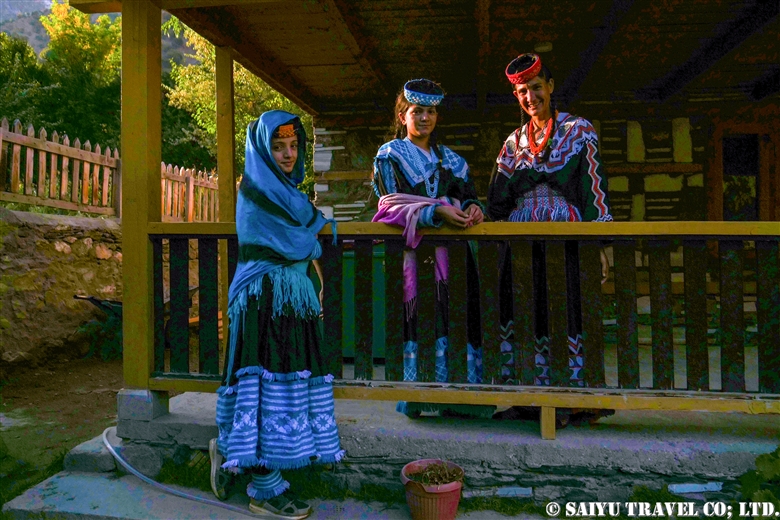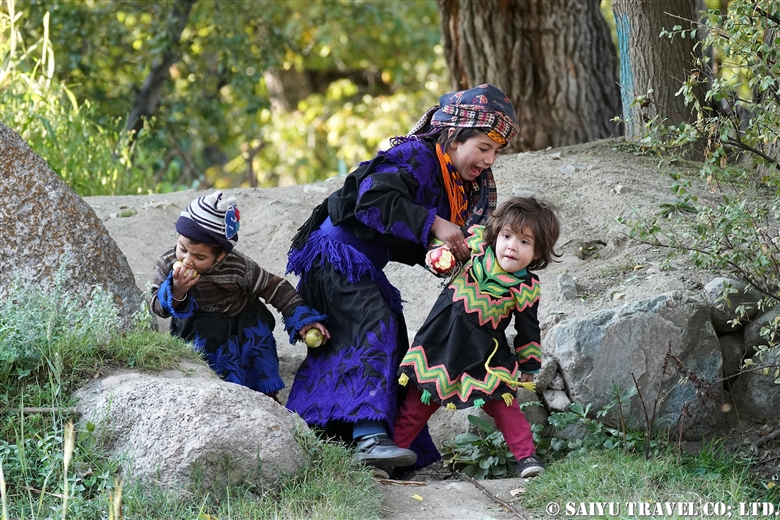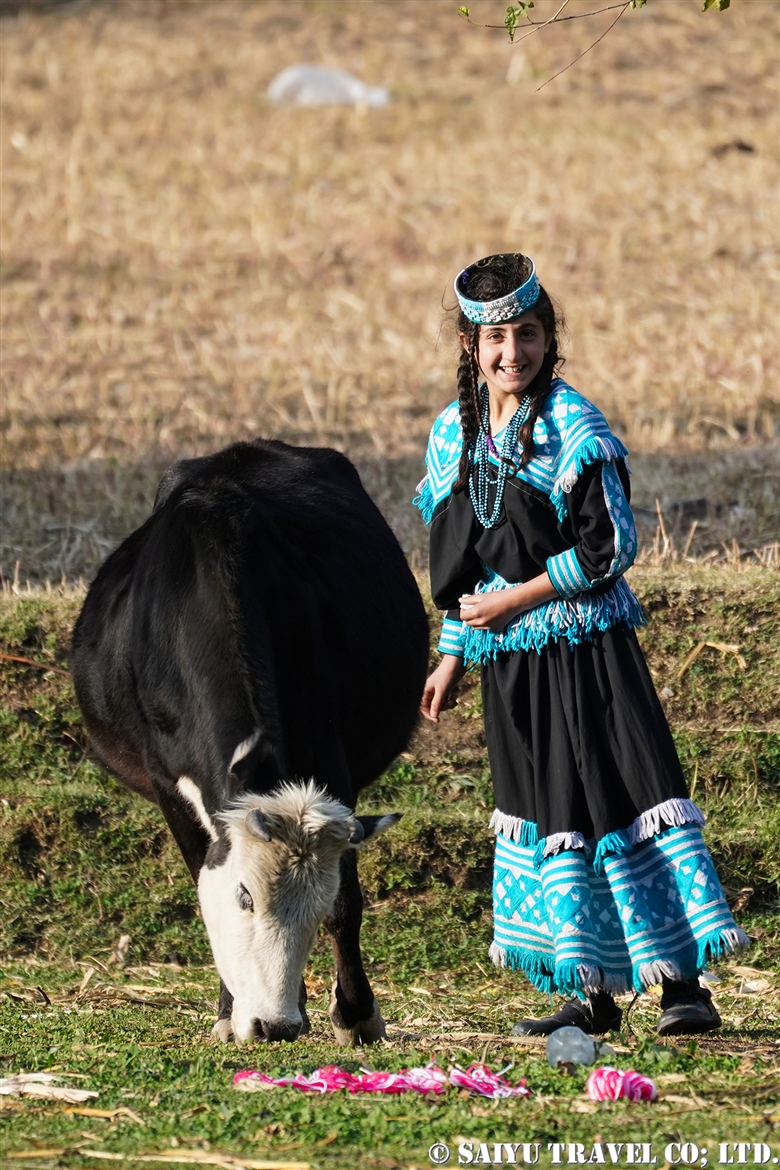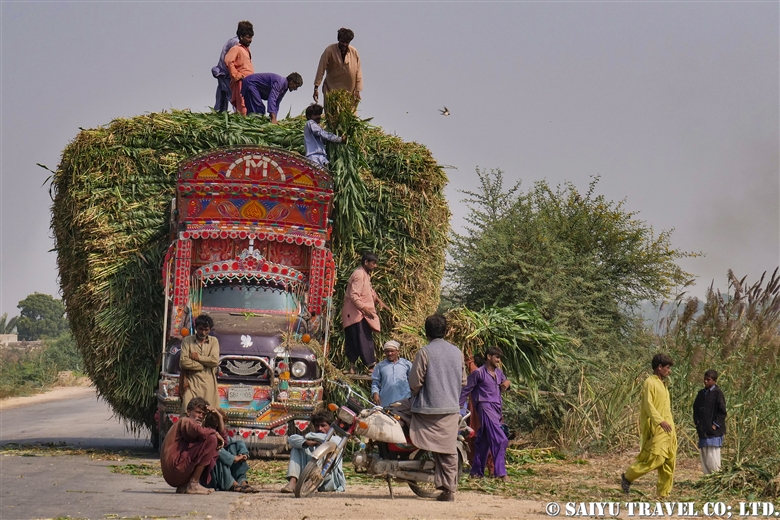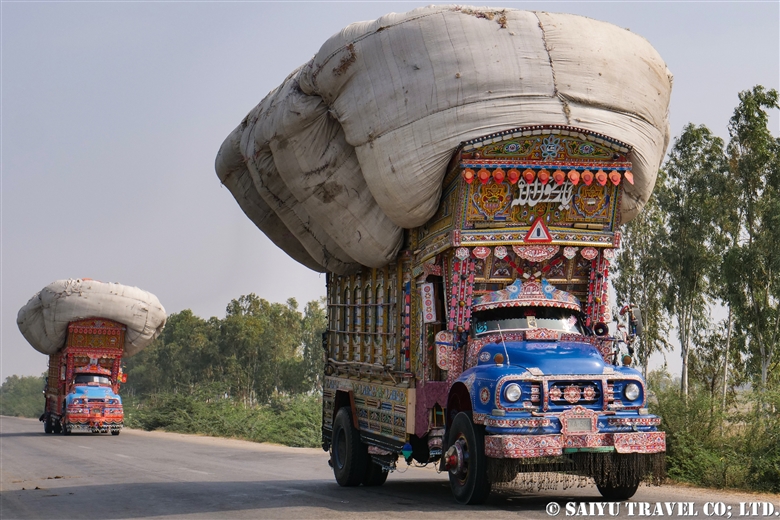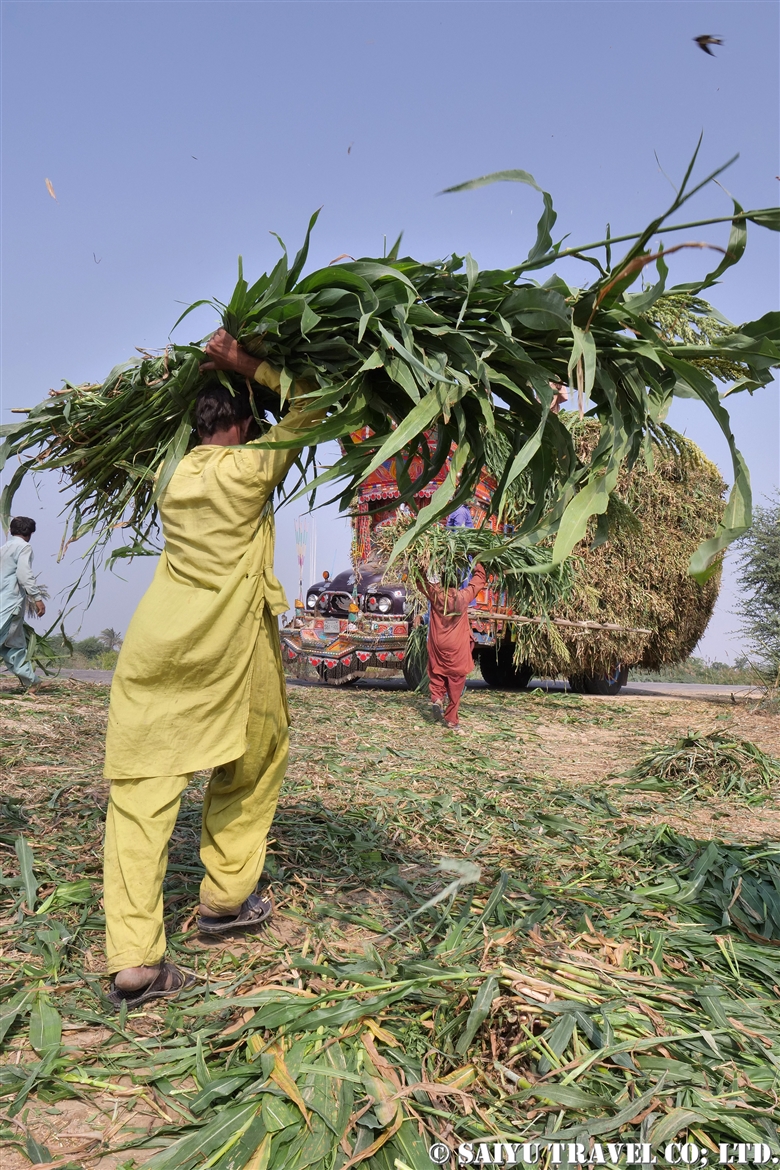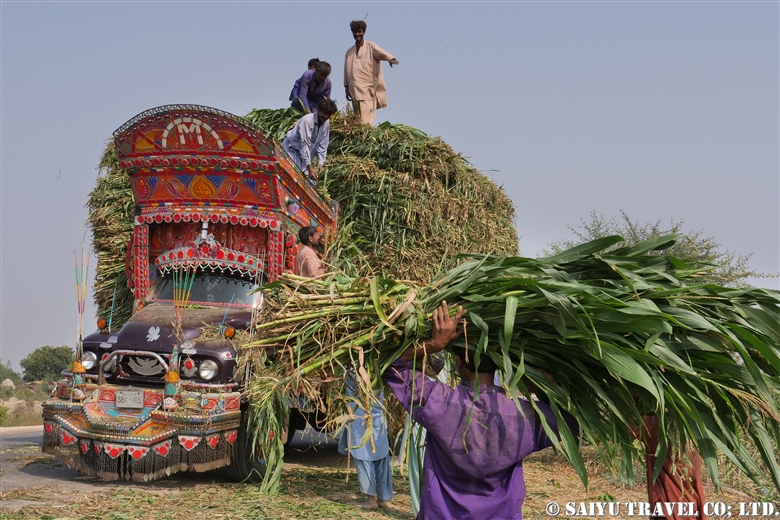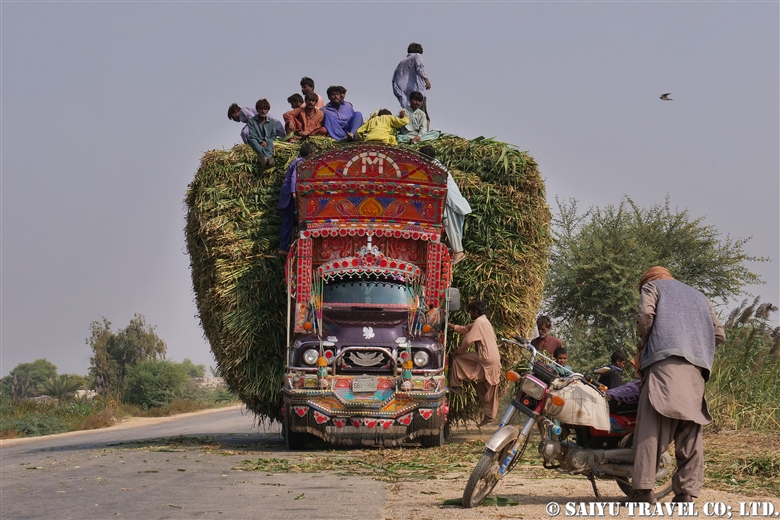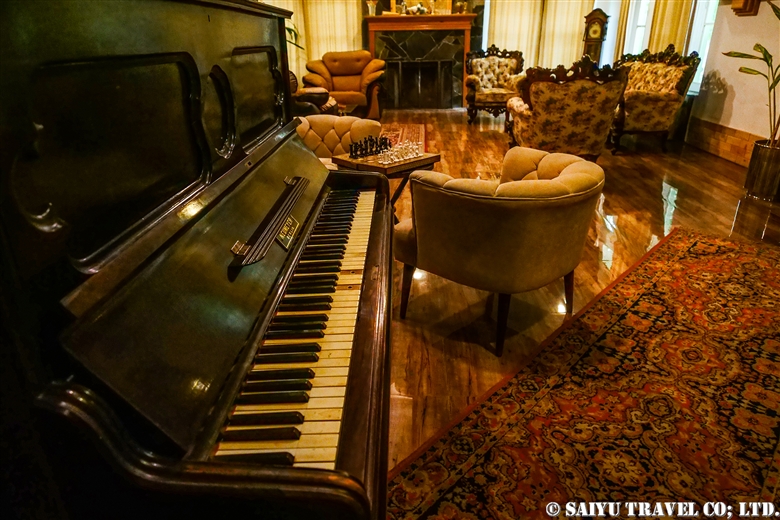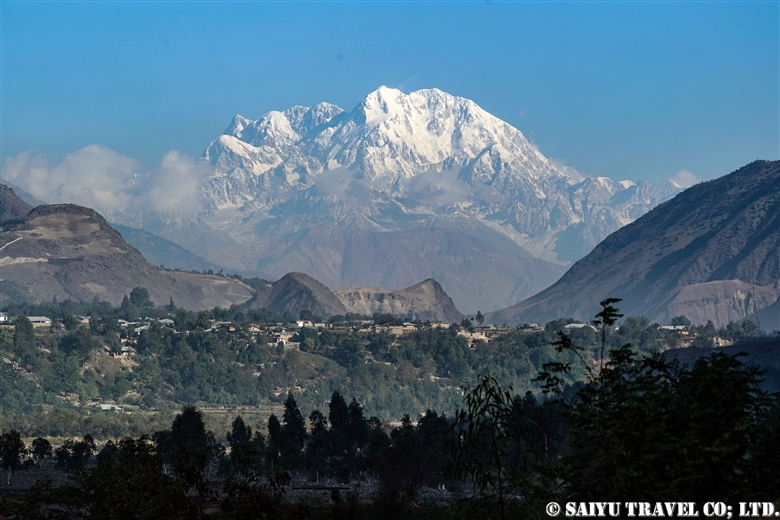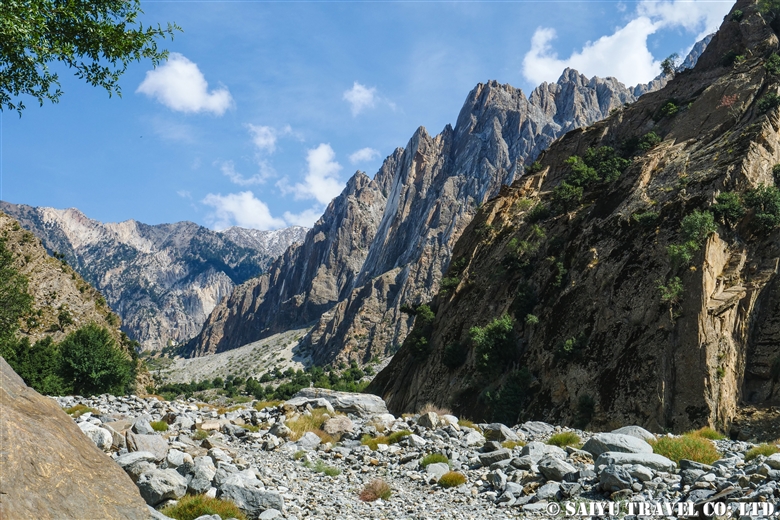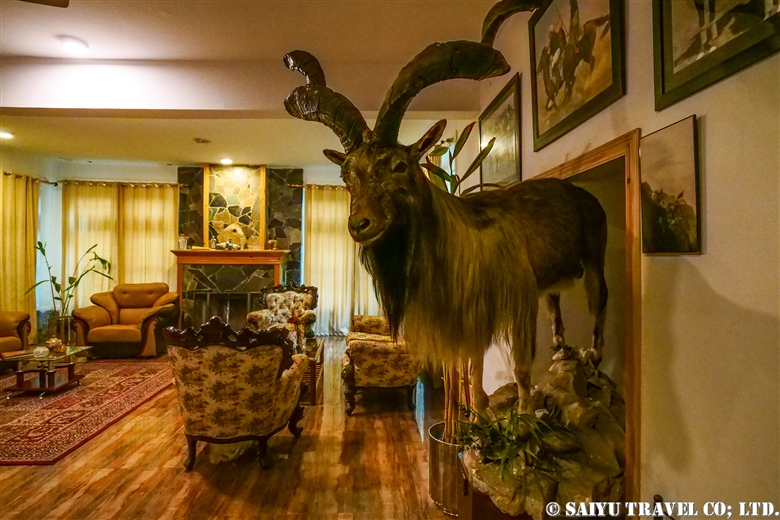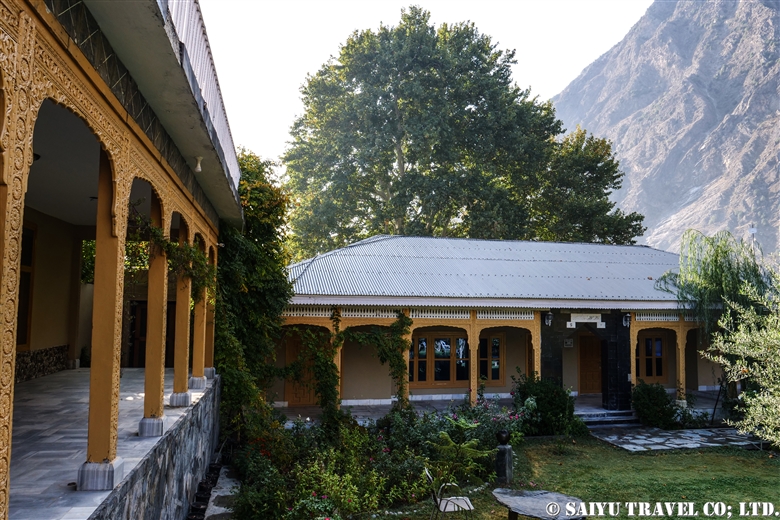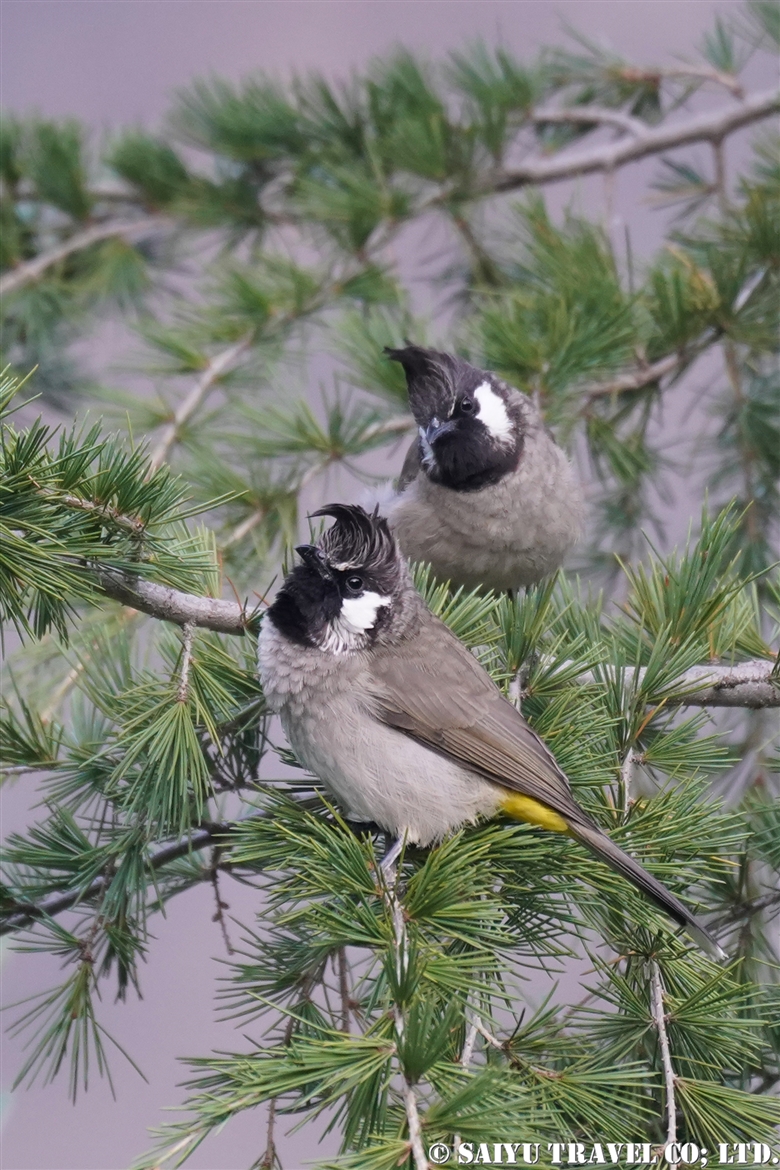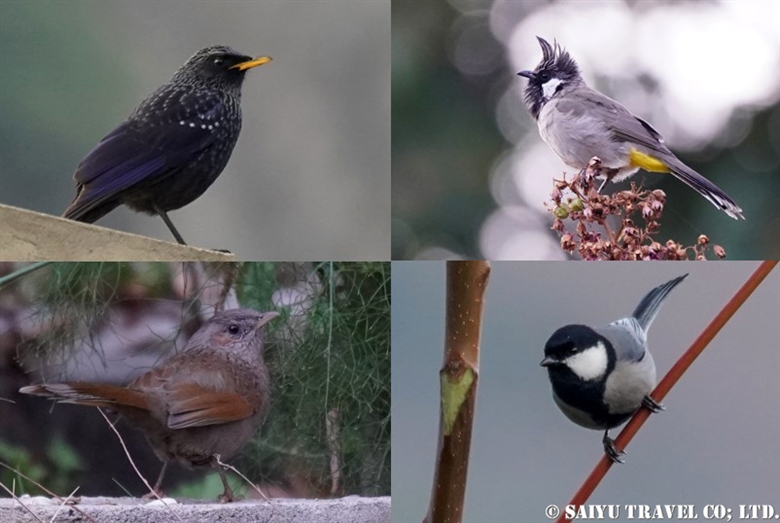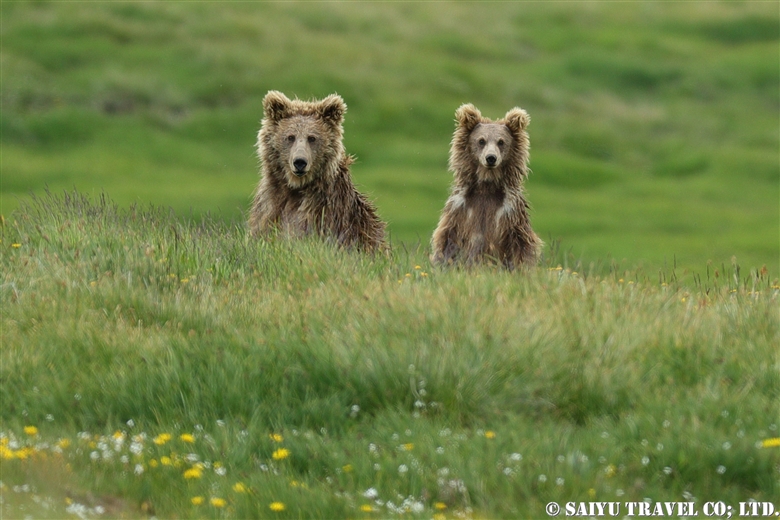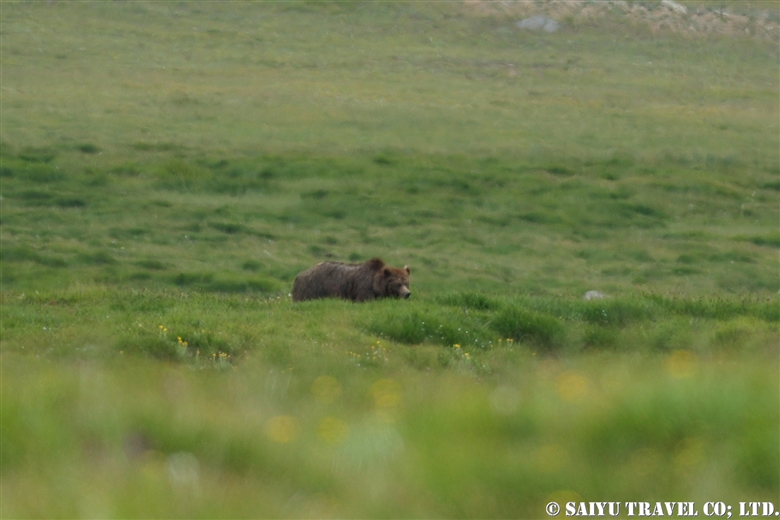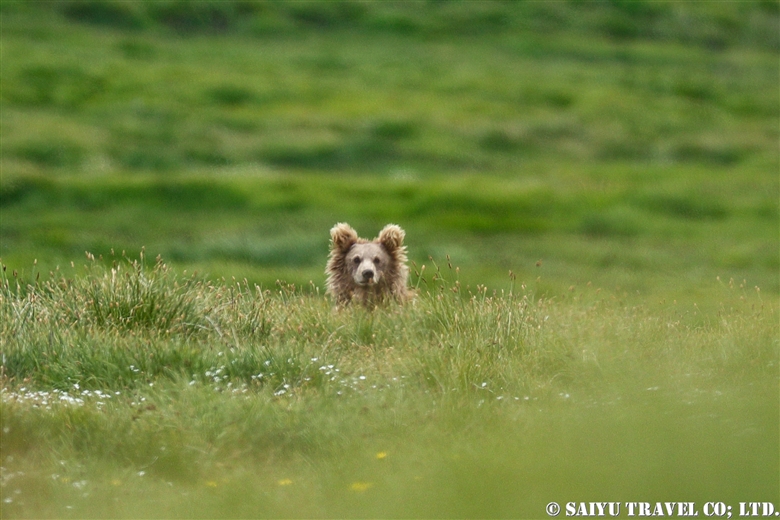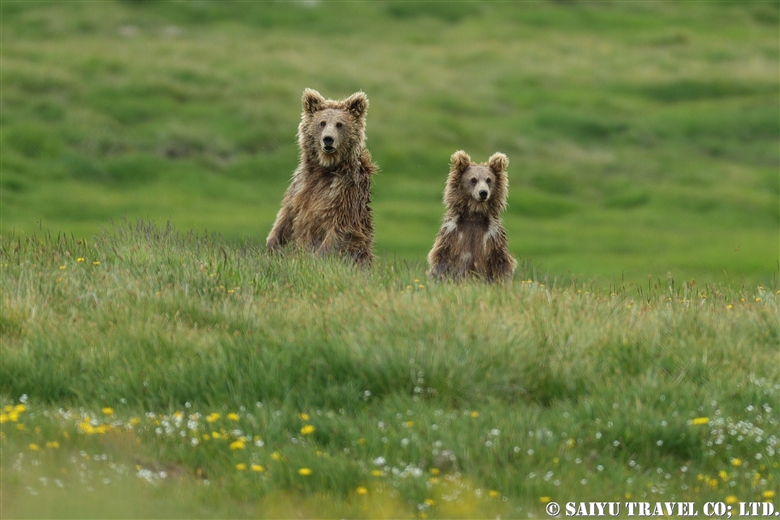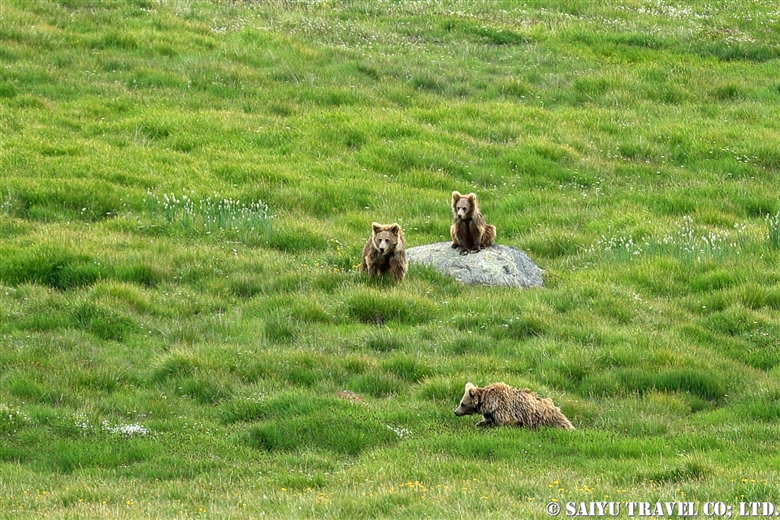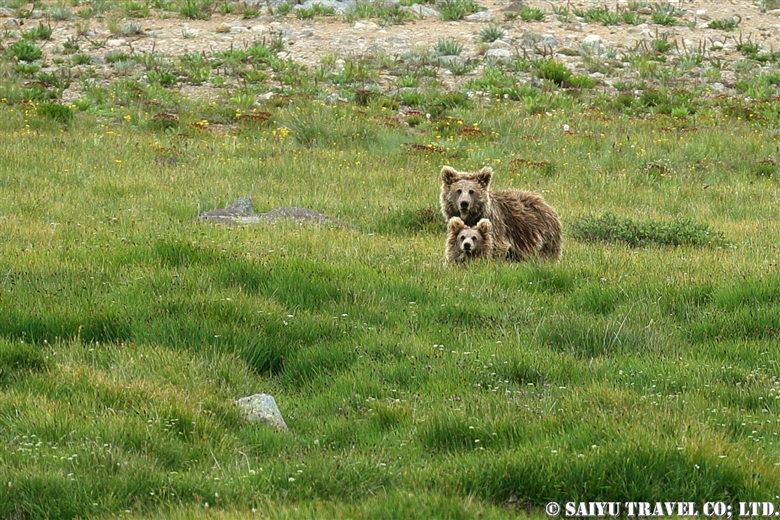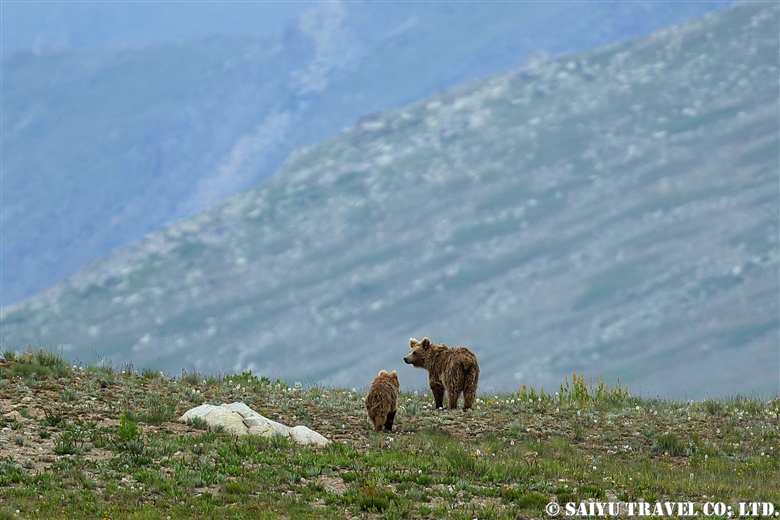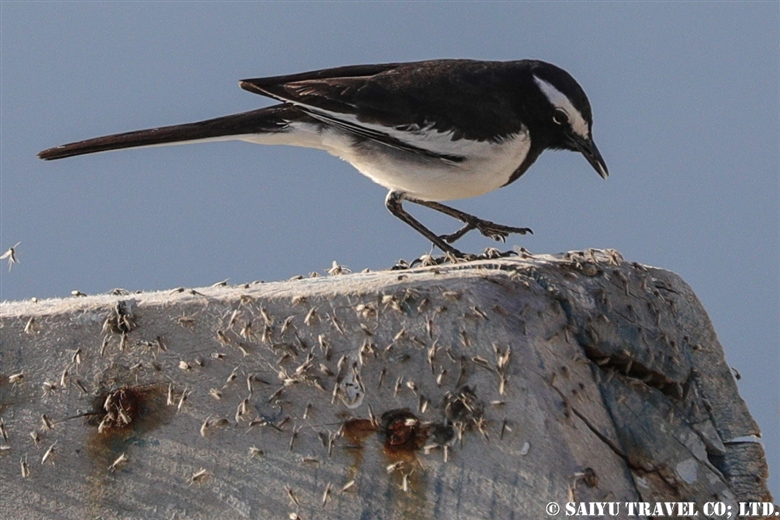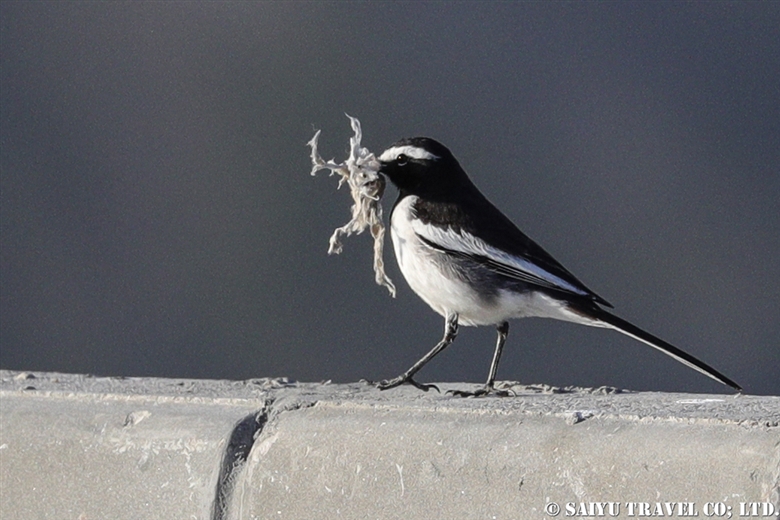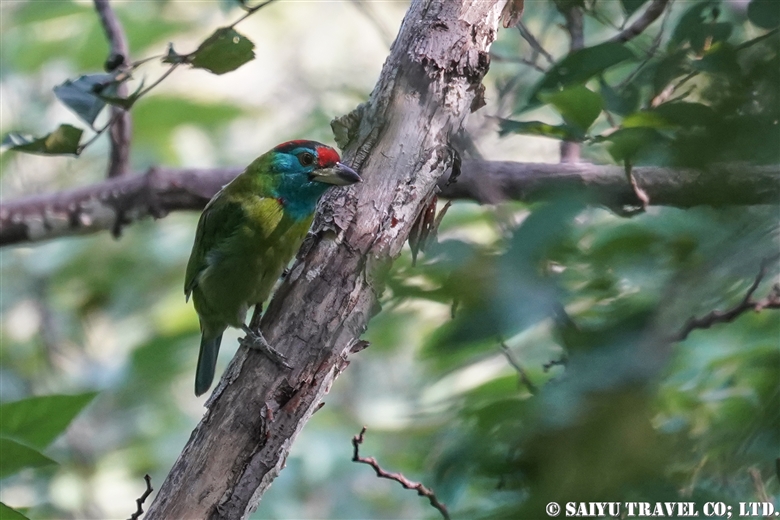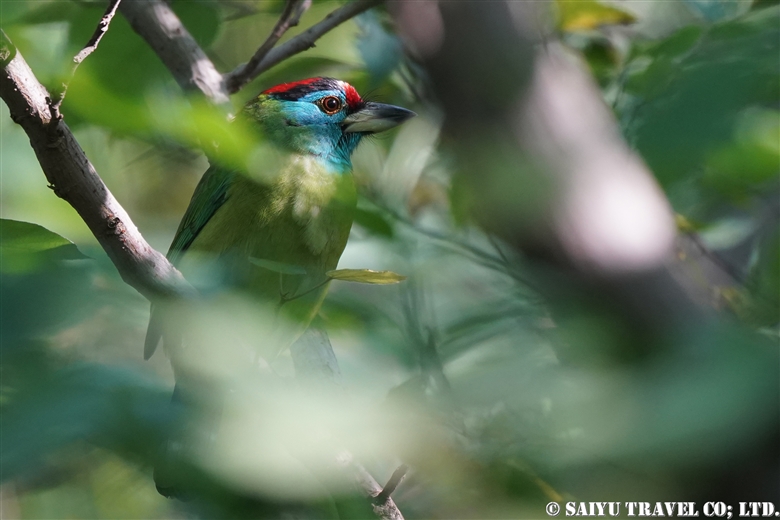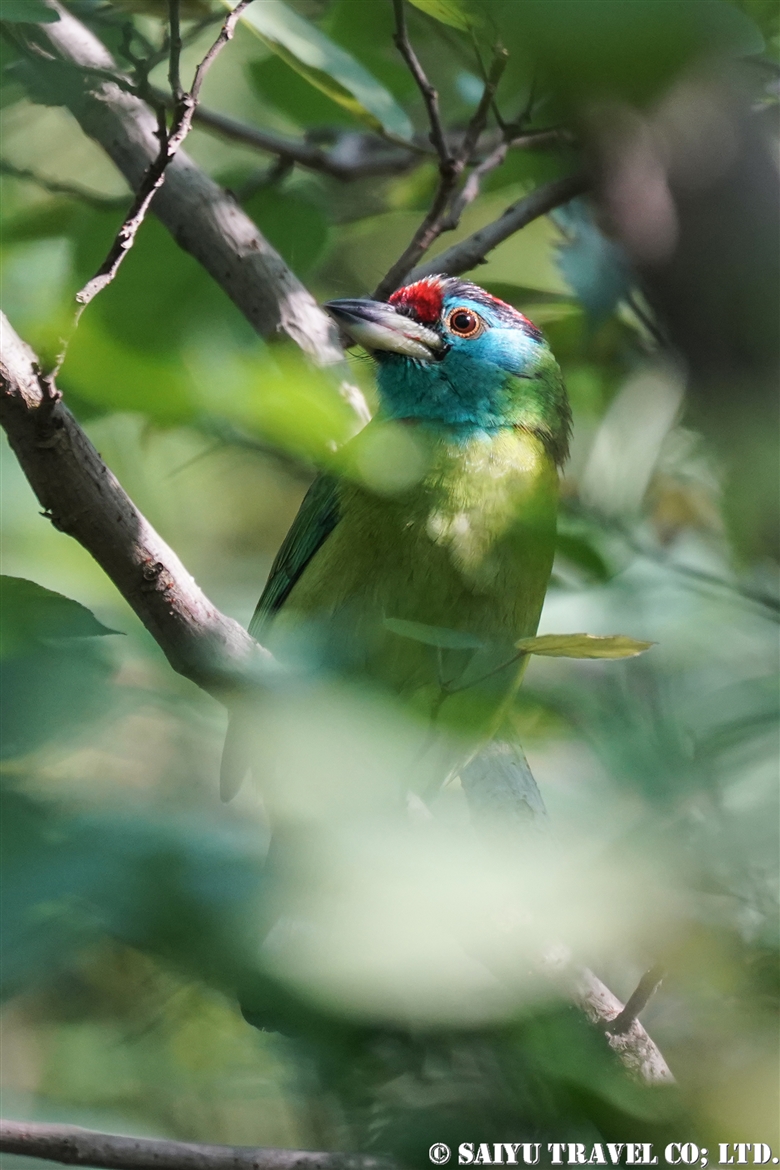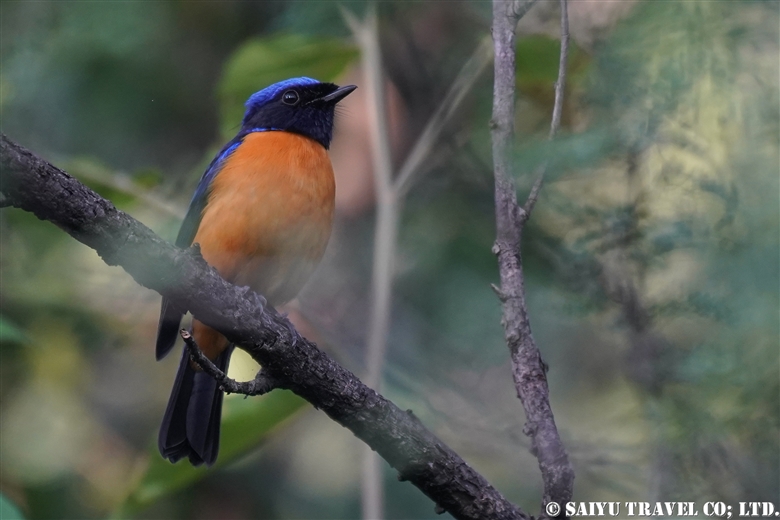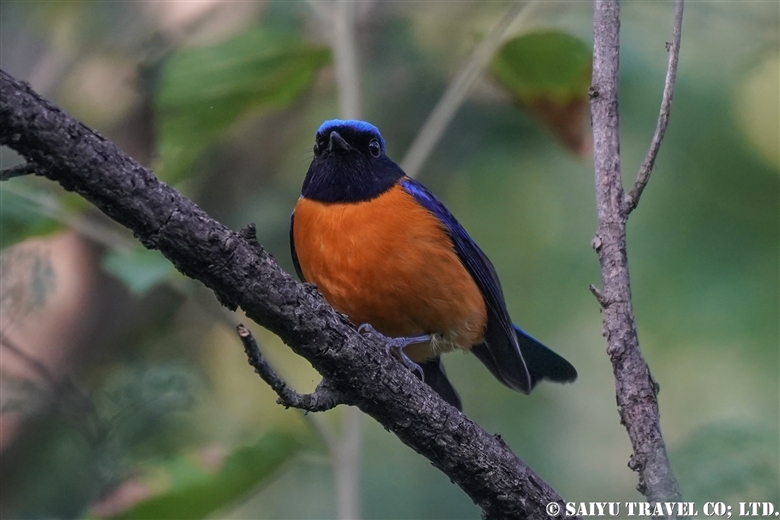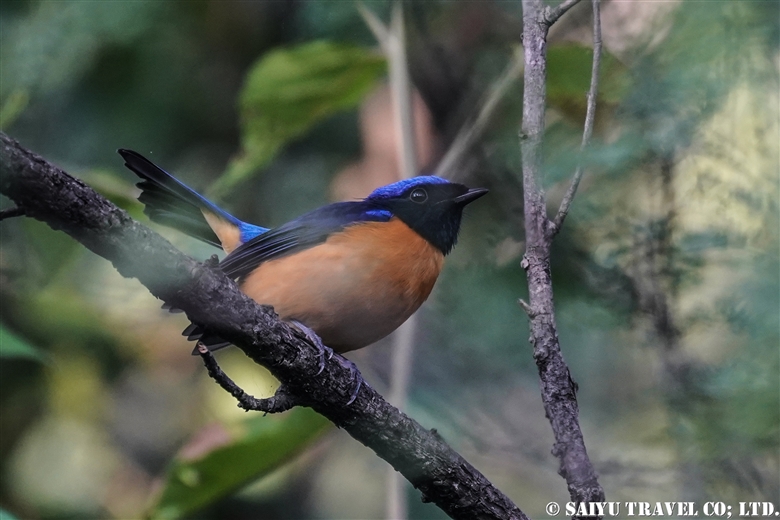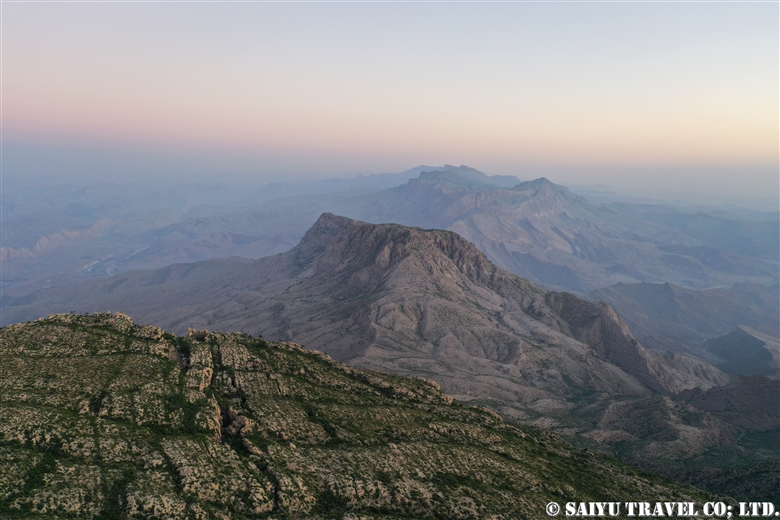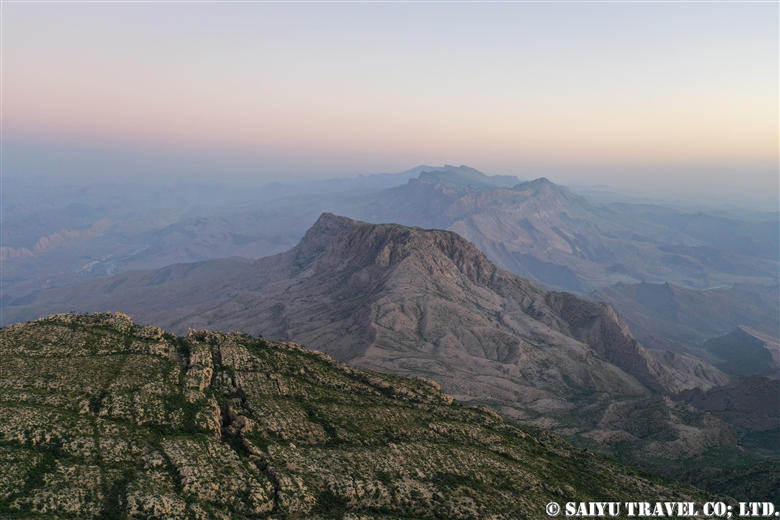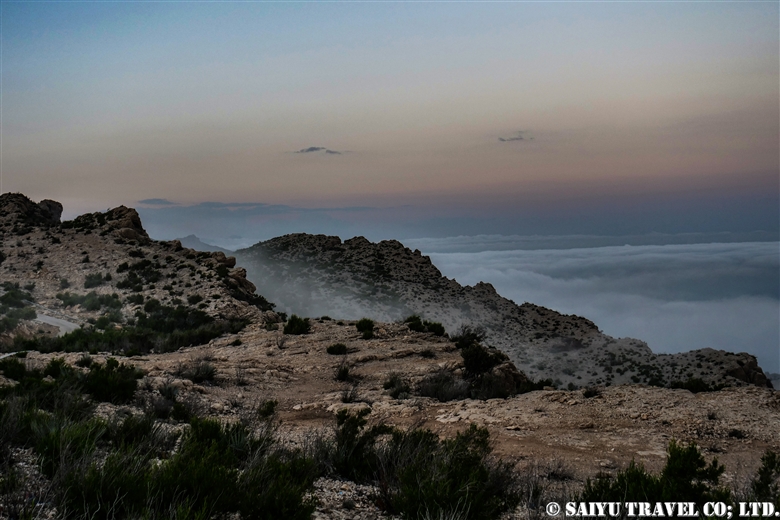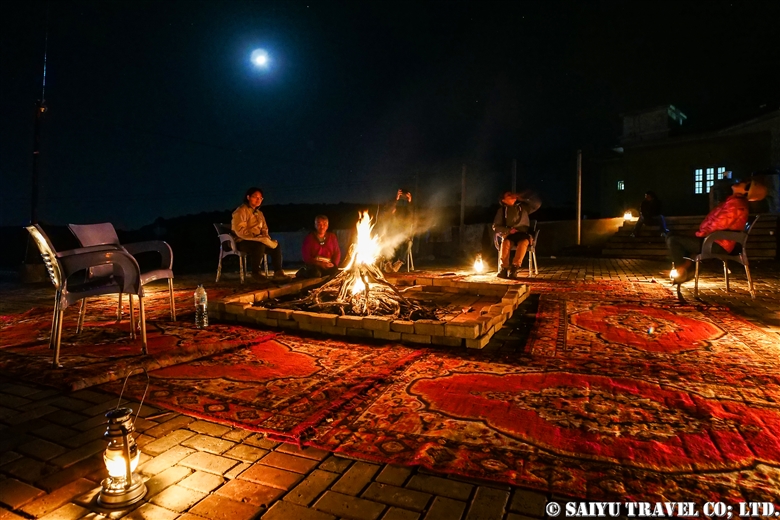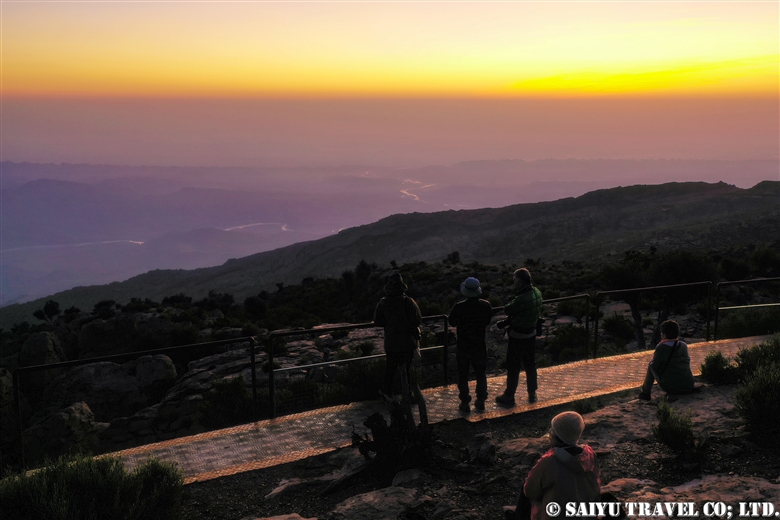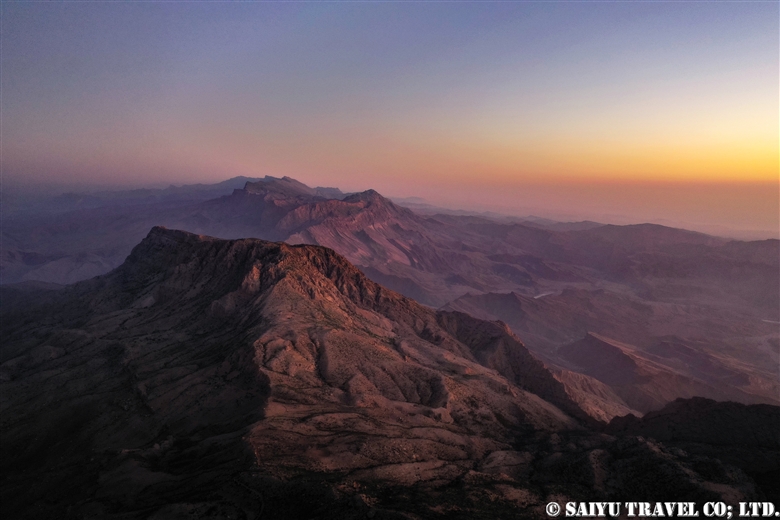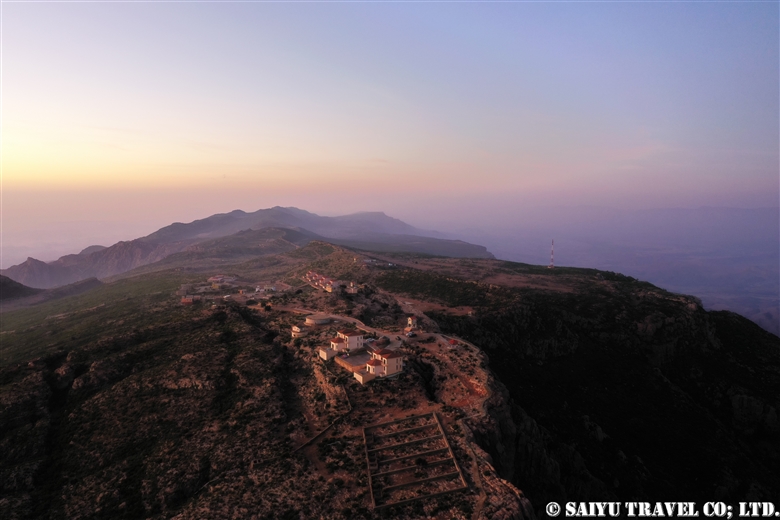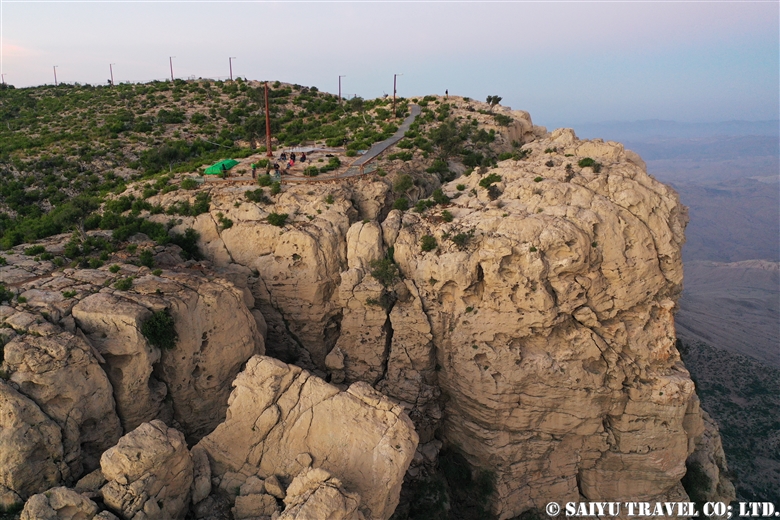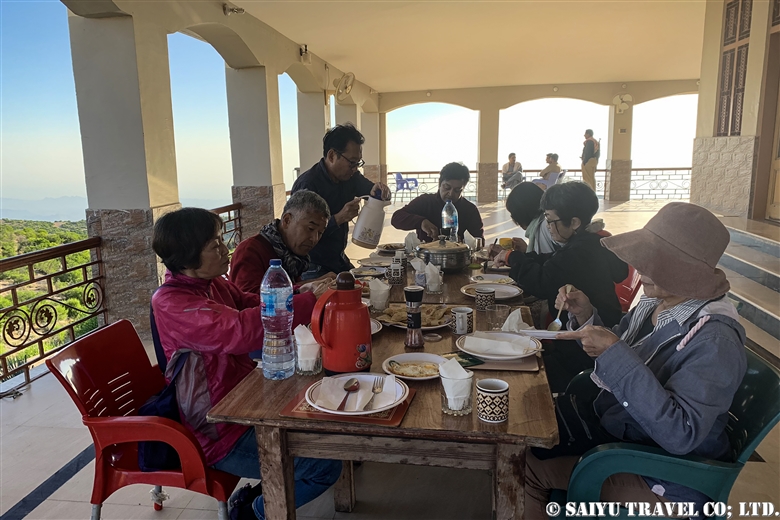Northern Pakistan, Autumn the Hunza Valley
In the past, the main tourist season of Pakistan was mainly in the summertime, but now many people are travelling to see the apricot blossoms in the spring or to see the autumnal colors of the fall season.
And it is quite remarkable.
This drone footage is nice, but the view from the hotel terrace is indeed just as spectacular and the mountains and orchards make you feel like you are in a real hidden paradise.
The autumn comes a little later each year, due to the unfortunate effects of climate change. However, in Hunza and in the upper reaches of the Hunza, each village is at its own elevation and exposure to sunlight is different, causing just enough variety of options, to be sure to catch the beautiful scenery in one of them.
Villagers also prepare for the winter during this time. Potatoes are distributed and the livestock return from the highland pastures back down to the villages.
Video & text : Mariko SAWADA
Visit : Oct 2018, Hunza, Upper Hunza, Gilgit-Baltistan
Category : = Video Clip Gilgit-Baltistan > ◆ Video Breathtaking Views of Pakistan > ◆ Gilgit-Baltistan > - Hunza Valley > - Gojar > - Morkhun > - PassuTag : Saiyu Travel Pakistan , Hunza Autumn , Fall colors of Hunza , Karimabad , PakistanBlog , Altit Village , Drone footage Pakistan , Gilgit-Baltistan , Gojar , Pakistan Travel company , Pakistan Blog , Travel Pakistan , Pakistan tour operator , Pakistan Travel Blog , Upper Hunza , Pakistan Photography Tour , Indus Caravan , Hunza district , Pakistan Dronography , Idus Caravan





